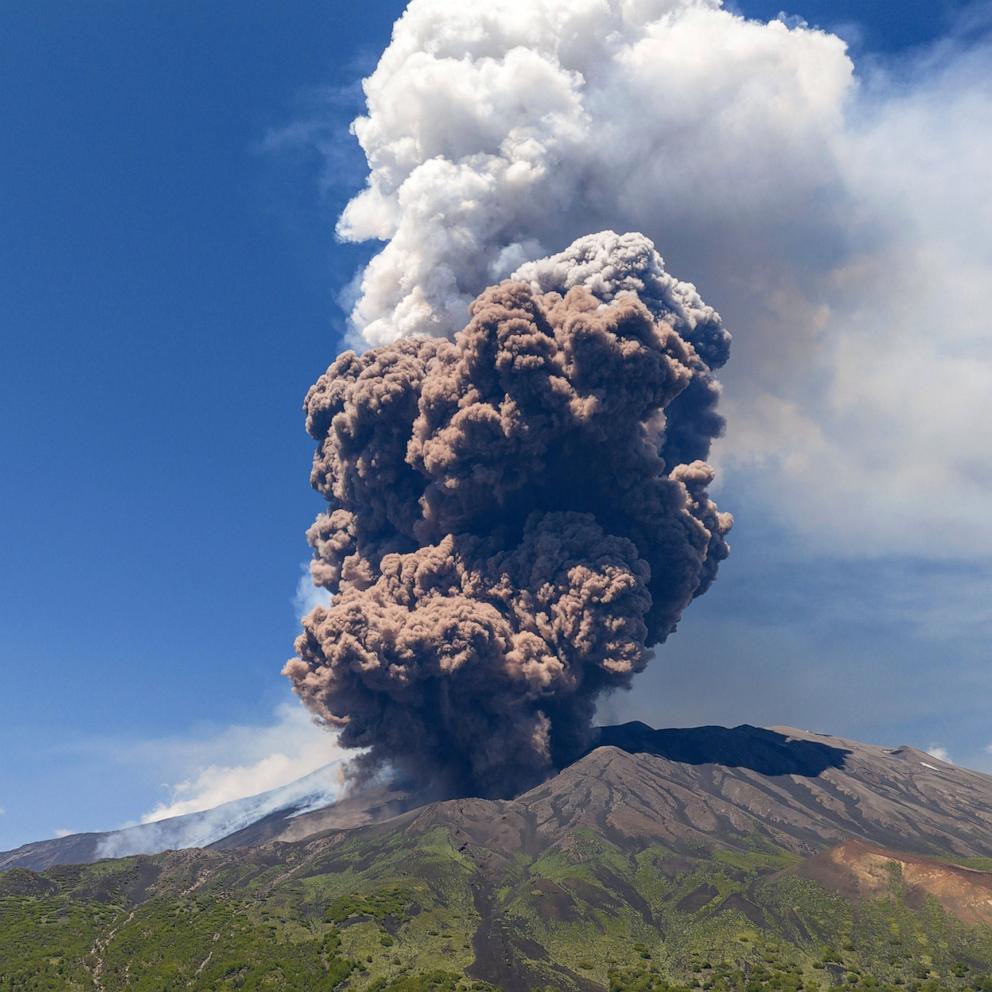How humpback whales are playfully communicating with humans, according to scientists
Humpback whales may be communicating with humans in a playful way, according to researchers who have been studying the marine mammals' behavior.
Researchers from the SETI Institute, a Silicon Valley-based nonprofit research organization, documented humpback whales producing large bubble rings -- similar to the rings humans can produce while blowing smoke -- during friendly interactions with humans, they noted in a paper published last month in the journal Marine Mammal Science.
This behavior, while little studied, could represent play or communication, the scientists said.
Humpback whales were already known to use bubbles to corral, and males have been observed creating bubble trails or bursts when competing for a female mate, according to the SETI Institute.

But new observations that appear to show humpback whales producing bubble rings during friendly encounters with humans contributes to a broader goal of studying non-human intelligence, the scientists said.
Studying non-human intelligence can aid in the search for extraterrestrial life, the researchers said. The SETI whale team is aiming to develop filters that aid in parsing cosmic signals for signs of extraterrestrial life by studying intelligent, non-terrestrial -- or aquatic -- nonhuman communication systems, according to the research organization.
"Because of current limitations on technology, an important assumption of the search for extraterrestrial intelligence is that extraterrestrial intelligence and life will be interested in making contact and so target human receivers," Laurance Doyle, SETI Institute scientist and co-author on the paper, said in a statement. "This important assumption is certainly supported by the independent evolution of curious behavior in humpback whales."
Researchers analyzed 12 bubble ring–production episodes involving 39 rings made by 11 individual whales, they said. They determined the whales are blowing bubble rings in the direction of humans in an apparent attempt to playfully interact, observe humans' response and engage in some form of communication, Fred Sharpe, a co-author of the paper, said in a statement.
"Humpback whales live in complex societies, are acoustically diverse, use bubble tools and assist other species being harassed by predators," Sharpe, who is a legacy board member of the Alaska Whale Foundation, said.
Humpback whales often display "inquisitive, friendly behavior" toward boats and humans, according to Jodi Frediani, a marine wildlife photographer and paper co-author.
"We’ve now located a dozen whales from populations around the world, the majority of which have voluntarily approached boats and swimmers blowing bubble rings during these episodes of curious behavior," Frediani said.

For decades, scientists have been studying how intelligent marine mammals such as whales and dolphins communicate with each other. In 2021, researchers from the SETI Institute recorded a conversation with a humpback whale named Twain by playing whale calls through an underwater speaker.
Last year, another group of researchers at the University of Southern Denmark discovered how baleen whales are able to sing underwater. Also in 2024, SETI Institute researchers discovered that whale calls made during bubble feeding events were likely a way for whales to issue instructions to the group.




